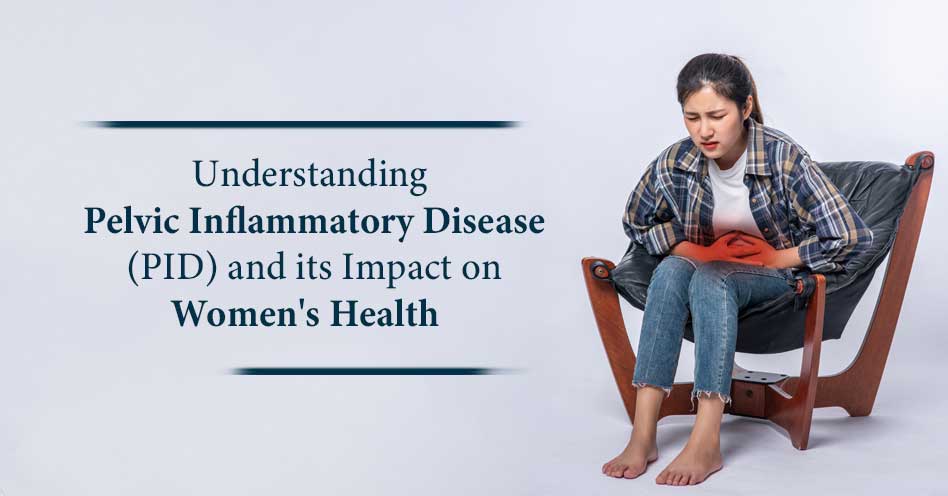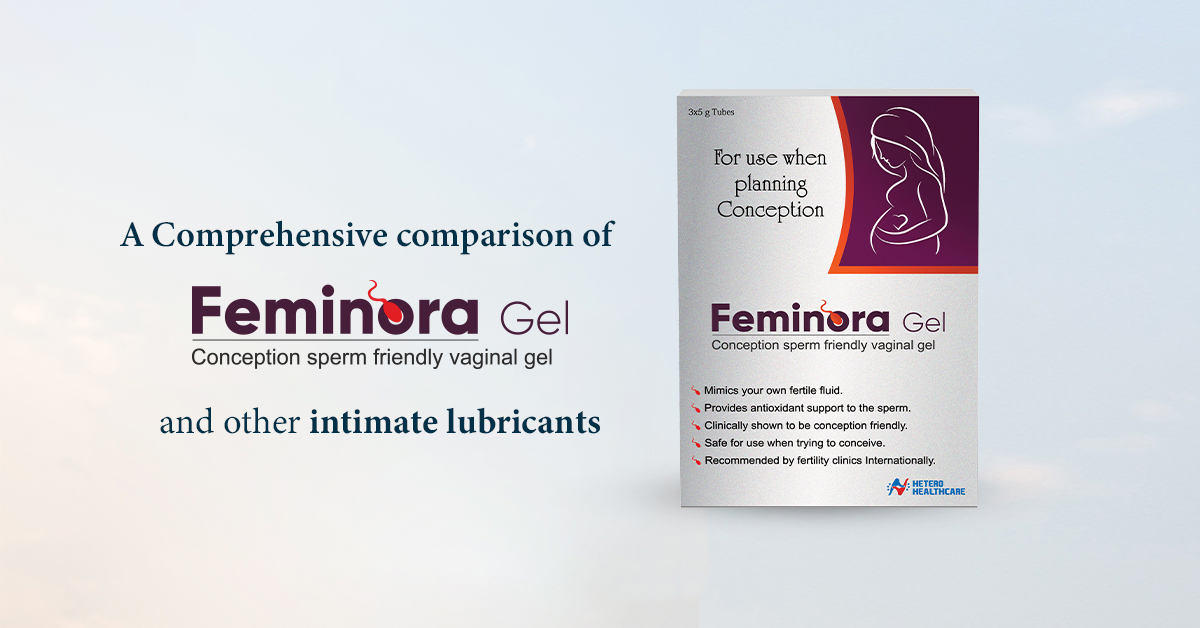Vidhita
30 May 2023

Pelvic Inflammatory Disease (PID) is a common and severe infection that affects millions of women worldwide. This condition occurs when bacteria ascend from the vagina or cervix into the upper reproductive organs, such as the uterus, fallopian tubes, and ovaries. If left untreated, PID can lead to significant health complications and profoundly impact women's lives. This article will explore PID, its causes, symptoms, diagnosis, and treatment, and how it affects women's reproductive health.
PID refers to an infection that affects the female reproductive system. It typically occurs when sexually transmitted bacteria, such as Chlamydia or gonorrhoea, enter the vagina and travel upwards into the uterus, fallopian tubes, and ovaries. However, PID can also be caused by other bacteria that are not sexually transmitted.
Sexually Transmitted Infections (STIs) are the primary cause of PID. Chlamydia and gonorrhoea are the most common culprits, responsible for approximately 75% of PID cases. These bacteria are usually acquired through unprotected sexual intercourse with an infected partner. It's important to note that PID can also develop without a STI. Bacteria from the vagina or cervix can enter the reproductive organs during childbirth, miscarriage, abortion, or specific medical procedures, leading to PID.
“Approximately 10% to 15% of women with endocervical N. gonorrhoeae or C. trachomatis will go on to develop PID”
According to a scientific literature from National Library of Medicine written by
PID often presents mild or nonspecific symptoms, making diagnosing it challenging. Some common symptoms include:
It's crucial to seek medical attention promptly if you experience any of these symptoms, as untreated PID can lead to severe complications.
PID can have various consequences on women's reproductive health in the short and long term. Immediate complications of PID include:
To diagnose PID, gynecologists may perform a combination of physical examinations, laboratory tests, and imaging studies. They will assess your symptoms, conduct a pelvic exam, and may recommend tests to identify the presence of infection and determine its severity.
Prompt treatment of PID is essential to prevent complications. Typically, your gynaecologist may prescribe an appropriate course of treatment to eliminate the infection.
Prevention is Key. Preventing PID is crucial for maintaining women's reproductive health. Here are some preventive measures:
Pelvic Inflammatory Disease (PID) is a severe infection that affects women's reproductive health. It can lead to complications, including abscesses, infertility, ectopic pregnancy, and chronic pelvic pain. Early diagnosis and treatment are vital to prevent long-term consequences. By practicing safe sex, getting regular STI screenings, and maintaining good hygiene, women can reduce their risk of developing PID. It's essential to prioritize your reproductive health, seek medical attention if you experience any symptoms of PID, and communicate openly with your gynaecologist and sexual partner. Knowledge and prevention are vital in protecting yourself and maintaining optimal reproductive health.
Hetero Healthcare has a three-dimensional, Fast Assured Solution – FAS 3 Kit for treating PID. It is an antiprotozoal, antibacterial, antifungal combination and effective treatment.
The 3-in-1 treatment is composed of the following ingredients:
Fluconazole1 is the first-line therapeutic choice in vaginal candidiasis and endorsed single-dose efficacy that eliminates rectal infections and reduces recurrence.
Azithromycin2,3 is recommended for Chlamydia infection and provides 1gm single dose effectiveness for Chlamydia. It has a 100% cure rate.
Secnidazole4 treats bacterial vaginosis in females aged 12 and above. It has outstanding clinical cures in 140 patients. The drug was well tolerated and had a 97% cure rate.
FAS–3 kit is a three-dimensional approach and a trusted companion in PID and partner management.
Vidhita

Vidhita29 May 2024
Unveiling the Role of Feminora Gel in Boosting Fertility
Embarking on the path to parenthood is an exciting and significant chapter for many couples. But conception, the very foundation of this journey, can be a complex biological process.

Vidhita29 Mar 2024
Steering a New Era of Women's Health Empowerment in the Digital Age
Hey superwomen! We see you - juggling a career, family, personal goals, and (hopefully) finding some time for yourself.

Vidhita29 Mar 2024
Silero: Revolutionizing Vaginal Health with Lactic Acid Film
The female body is a complex and interconnected system. Often, amidst the hustle and bustle of daily life, vaginal health can be ignored.

Vidhita29 Mar 2024
A Comprehensive Comparison of Feminora Gel and Other Intimate Lubricants
In the realm of intimate well-being, the market is flooded with a myriad of products aiming to address various concerns.